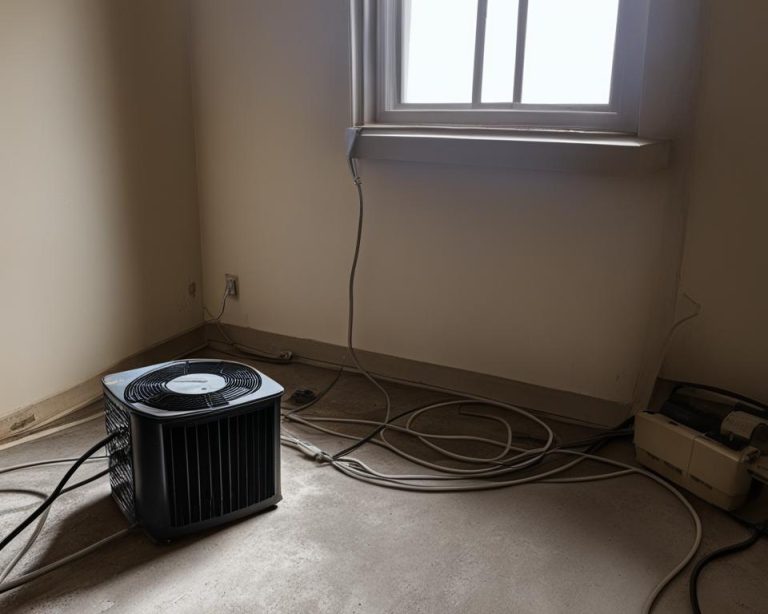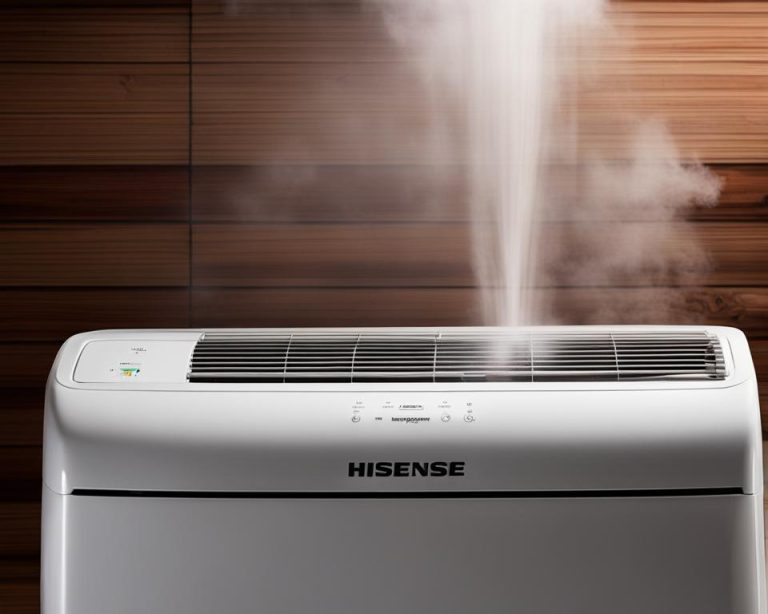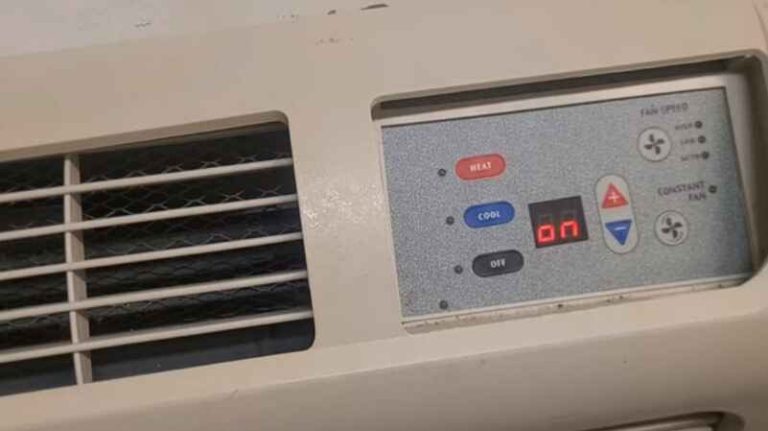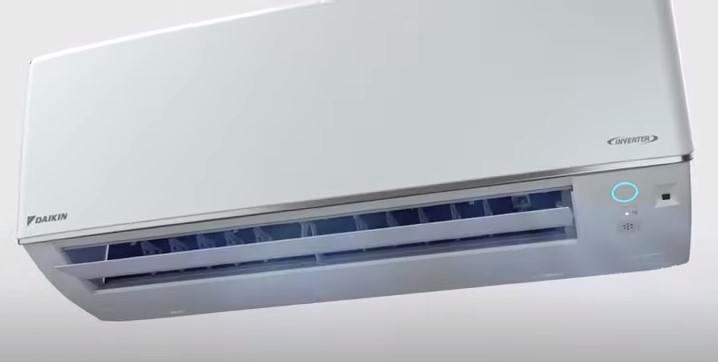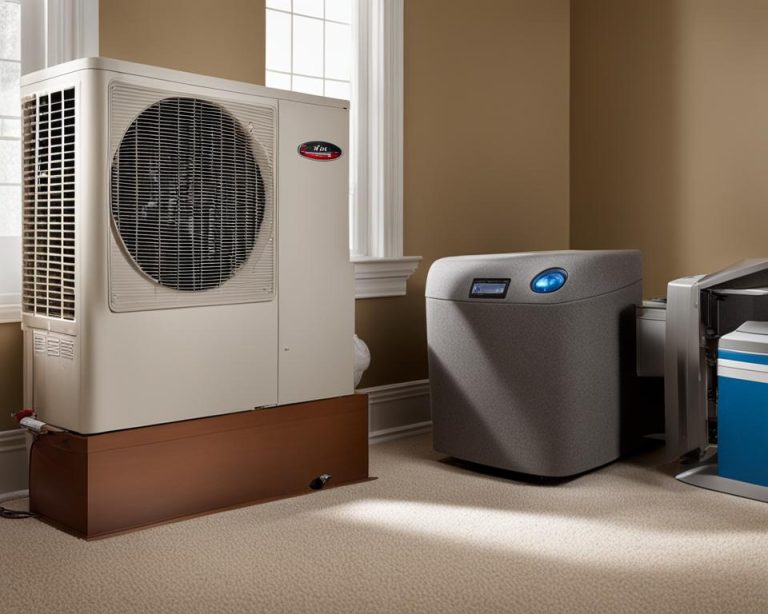AC pressure drops when the compressor turns on, it might indicate a refrigerant leak or a faulty compressor. Check for leaks and ensure the compressor is functioning properly. Consulting a professional technician may be necessary for accurate diagnosis and repair.
Air conditioning systems are essential for maintaining a comfortable indoor environment, especially during hot and humid weather conditions. These systems rely on a complex network of components, including the compressor, condenser, evaporator, and refrigerant lines, to transfer heat from the indoor air to the outdoor environment. Understanding the various aspects of an air conditioning system, particularly the pressures involved, is crucial for ensuring its efficient operation and identifying potential issues.
One common issue that homeowners and technicians encounter is a pressure drop when the compressor turns on. This phenomenon can indicate underlying problems that need to be addressed promptly to prevent further damage and ensure the system’s longevity. In this blog post, we’ll delve into the causes, diagnosis, and potential solutions for this issue, as well as emphasize the importance of preventive maintenance.
Normal AC Pressure Cycle
Before exploring the causes of pressure drops, it’s essential to understand the normal pressure cycle of an air conditioning system. The system consists of two main pressure sides: the high-pressure side and the low-pressure side.
The high-pressure side includes the compressor and the condenser, where the refrigerant is compressed and condensed from a gas to a liquid state, respectively. During normal operation, the pressure on this side typically ranges from 200 to 400 PSI (pounds per square inch), depending on the outdoor temperature and the specific system.
On the other hand, the low-pressure side comprises the evaporator and the expansion device (such as a thermostatic expansion valve or a fixed orifice). In this section, the liquid refrigerant expands and absorbs heat from the indoor air, causing it to evaporate into a gas. The pressure on the low-pressure side usually ranges from 30 to 80 PSI.
Understanding these pressure ranges is crucial, as deviations from the expected values can indicate potential issues within the system.
Causes of Pressure Drop When Compressor Turns On
When the compressor turns on, the pressure on the low-pressure side should initially drop, creating a vacuum that allows the refrigerant to flow through the system. However, if the pressure drop is excessive or doesn’t recover within a reasonable time, it could indicate one or more of the following issues:
A. Refrigerant Undercharge
One of the most common causes of a pressure drop when the compressor turns on is a refrigerant undercharge. This condition occurs when there is an insufficient amount of refrigerant in the system, which can be caused by leaks, improper charging during installation or maintenance, or other factors.
Symptoms of a low refrigerant charge include:
1. Reduced cooling capacity
2. Ice buildup on the evaporator coil
3. Compressor running continuously or overheating
4. Higher than normal energy consumption
Possible reasons for an undercharge include:
– Refrigerant leaks: Leaks can occur in various parts of the system, such as the evaporator coil, condenser coil, refrigerant lines, or connections. Even small leaks can lead to a gradual loss of refrigerant over time.
– Improper charging: If the system was not charged correctly during installation or maintenance, it can lead to an undercharge or overcharge condition, both of which can cause operational issues.
B. Restricted Refrigerant Flow
Another potential cause of a pressure drop when the compressor turns on is a restriction in the refrigerant flow. This can occur due to clogged filters, driers, or blocked refrigerant lines.
1. Clogged filters or driers: The filter drier in an air conditioning system is designed to remove moisture and contaminants from the refrigerant. However, over time, it can become clogged, restricting the flow of refrigerant and causing a pressure drop.
2. Kinked or blocked refrigerant lines: Refrigerant lines can become kinked, crushed, or obstructed by debris, preventing the proper flow of refrigerant and leading to a pressure drop.
C. Compressor Issues
In some cases, the pressure drop may be caused by issues within the compressor itself.
1. Faulty compressor valves: The compressor contains valves that control the flow of refrigerant in and out of the compression chamber. If these valves are faulty or stuck, they can disrupt the normal flow of refrigerant, leading to a pressure drop or other operational issues.
2. Compressor wear and tear: Over time, compressors can experience wear and tear, leading to reduced efficiency and potential issues with maintaining proper pressures. This can be caused by factors such as age, lack of maintenance, or excessive operating conditions.
Diagnosing the Pressure Drop
To accurately diagnose the cause of a pressure drop when the compressor turns on, technicians typically follow a systematic approach involving various diagnostic tools and techniques.
A. Using Manifold Gauges
One of the primary tools used in diagnosing AC pressure issues is a manifold gauge set. This set consists of two gauges (low-pressure and high-pressure) connected to the system’s service valves via hoses. By monitoring the pressure readings on these gauges, technicians can identify if the pressures are within the expected ranges and pinpoint potential issues.
B. Checking for Proper Airflow
Proper airflow is crucial for the efficient operation of an air conditioning system. Restricted airflow can cause the system to work harder, leading to various issues, including pressure drops. Technicians will inspect the air filters, ductwork, and air vents to ensure that there are no obstructions or blockages preventing proper airflow.
C. Inspecting Refrigerant Lines and Components
Visual inspection of the refrigerant lines and components can often reveal potential issues contributing to the pressure drop. Technicians will look for signs of leaks, kinks, or obstructions in the refrigerant lines, as well as check the condition of components like the filter drier and expansion valve.
In some cases, additional diagnostic tools like leak detectors, temperature probes, or refrigerant analyzers may be employed to further investigate the issue.
Potential Solutions
Once the cause of the pressure drop has been identified, technicians can implement appropriate solutions to address the issue.
A. Repairing Leaks and Recharging Refrigerant
If the pressure drop is caused by a refrigerant undercharge due to leaks, the technician will first need to locate and repair the leaks. This may involve replacing damaged refrigerant lines, sealing connections, or replacing faulty components. Once the leaks are addressed, the system will need to be evacuated and recharged with the correct amount of refrigerant.
B. Cleaning or Replacing Restricted Components
In cases where the pressure drop is caused by clogged filters, driers, or blocked refrigerant lines, the technician will need to clean or replace the restricted components. This may involve flushing the system, replacing the filter drier, or replacing kinked or damaged refrigerant lines.
C. Compressor Repair or Replacement
If the issue lies within the compressor itself, such as faulty valves or excessive wear and tear, the technician may need to repair or replace the compressor. Compressor repairs can be complex and may involve disassembling and replacing internal components. In some cases, particularly with older or severely damaged compressors, replacement may be the more cost-effective solution.
Preventive Maintenance
While addressing the immediate cause of the pressure drop is essential, preventive maintenance is crucial to ensure the longevity and efficient operation of your air conditioning system.
A. Regular System Checks
It’s recommended to have your air conditioning system checked by a professional technician at least once a year, preferably before the start of the cooling season. During these checks, the technician will inspect the system components, check refrigerant levels, clean or replace filters, and identify any potential issues before they escalate.
B. Importance of Professional Service
While some minor maintenance tasks can be performed by homeowners, it’s essential to rely on professional HVAC technicians for more complex issues and repairs. These professionals have the necessary training, tools, and experience to properly diagnose and address air conditioning system problems, ensuring safe and efficient operation.
Conclusion
A pressure drop when the compressor turns on can be a symptom of various underlying issues in an air conditioning system. By understanding the potential causes, such as refrigerant undercharge, restricted refrigerant flow, or compressor problems, you can take the necessary steps to address the issue promptly.
Proper diagnosis and solution implementation are crucial to restore your system’s efficient operation and prevent further damage. Regular preventive maintenance and professional service are key to ensuring the longevity and optimal performance of your air conditioning system.
If you encounter a pressure drop or any other unusual behavior in your air conditioning system, it’s advisable to consult with a qualified HVAC technician. They can accurately diagnose the issue and provide the appropriate solutions, ensuring that your home remains comfortable and energy-efficient throughout the cooling season.


